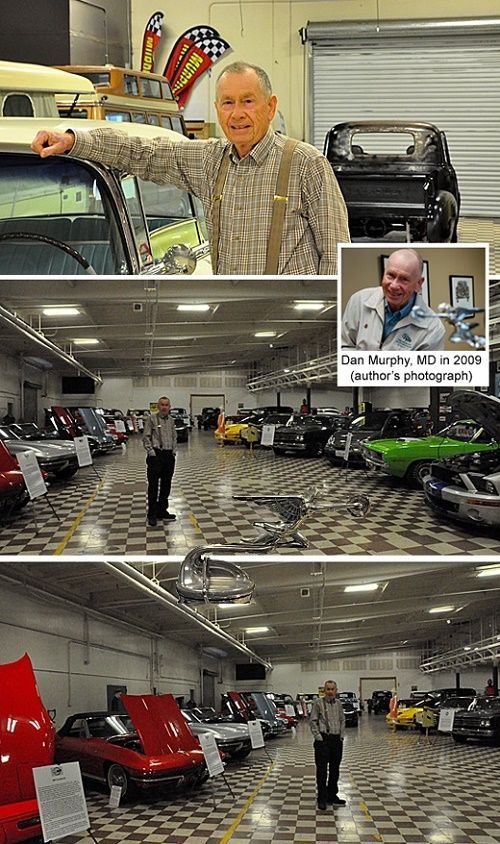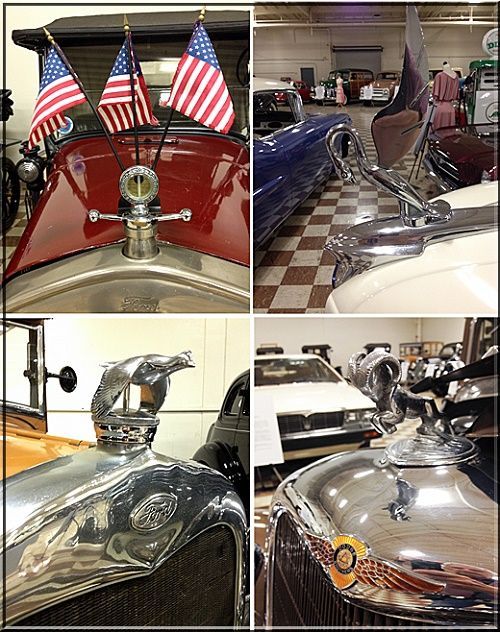- Revenue Cycle Management
- COVID-19
- Reimbursement
- Diabetes Awareness Month
- Risk Management
- Patient Retention
- Staffing
- Medical Economics® 100th Anniversary
- Coding and documentation
- Business of Endocrinology
- Telehealth
- Physicians Financial News
- Cybersecurity
- Cardiovascular Clinical Consult
- Locum Tenens, brought to you by LocumLife®
- Weight Management
- Business of Women's Health
- Practice Efficiency
- Finance and Wealth
- EHRs
- Remote Patient Monitoring
- Sponsored Webinars
- Medical Technology
- Billing and collections
- Acute Pain Management
- Exclusive Content
- Value-based Care
- Business of Pediatrics
- Concierge Medicine 2.0 by Castle Connolly Private Health Partners
- Practice Growth
- Concierge Medicine
- Business of Cardiology
- Implementing the Topcon Ocular Telehealth Platform
- Malpractice
- Influenza
- Sexual Health
- Chronic Conditions
- Technology
- Legal and Policy
- Money
- Opinion
- Vaccines
- Practice Management
- Patient Relations
- Careers
Dan Murphy, MD: A Doctor with a Driven Hobby
A retired California neurosurgeon coasts through his retirement years surrounded by his wife, his friends, and his cars. The latter are on display in his museum.
Dan Murphy, a Ventura County, CA neurosurgeon was born in 1940 and retired from his surgical practice in the year 2000. He found retirement brought challenges. Says Murphy, “When you no longer have your day-time job, you no longer have your ego. You no longer are the boss in an OR, the ‘captain of the ship.’ You are suddenly an average Joe!”
Like many retired persons, he found he had to adjust. He had to fill his time. Four things, he feels, are important to make retirement work:
• A spouse or companion. He has been married now for 52 years and retirement has given his wife and him unlimited time for travel and reading. “Before I retired,“ he says, “I hadn’t read a novel in 30 years.”
• A physical activity. “In medical school and engaged to be married, there wasn’t time to be involved in sports, even though I had enjoyed undergraduate table tennis and had often gone downtown in Minneapolis looking for competition.” Keen on tennis, he joined a neurosurgical practice as the fourth doctor in the group getting his Tuesdays off work as the senior surgeon always took Wednesdays, the doctor’s traditional golf day. “We shared income equally so no one wanted to work extra!” he says, his listener thinking Murphy had probably stumbled upon the value of a healthy balance between life and work long before it was a buzz word in the medical profession. Talking about golf, he muses, “It takes time to learn to play golf, and young married people don’t have that time. Yet when they retire, it’s a bit late then to learn.
“Yet,” he continues, “I believe golf is medicine because there are a lot of people in my golf club who look a lot better than most older people.”
• Friends. A physical activity often leads to friendships, and that certainly adds to the pleasure of retirement. Just to be able to re-connect with old friends was especially great for Murphy: meeting with them for golf, or dinner, or every Tuesday for breakfast with an ophthalmologist he has known for many years.
• A hobby. You make friends in any new hobby, too, no doubt, but to a degree Murphy had always been interested in cars.
Automobiles
Today’s teenagers aren’t as mechanically interested in cars as they used to be when, in the mid-1950s, every October saw the new models of American cars arrive and every following February on Washington’s Birthday they would fill dealers’ showrooms to whip up interest in new models.
“My father felt luxury cars gave best value and he had a 1960 Chrysler Imperial, a massive tank-like car, a handsome luxury car well thought of by others,” says Murphy. “Buick was the doctor’s car in those days. I liked Acura and Audi but after being in practice for 4 years in 1977 I leased a 1965 vintage Rolls-Royce and started thinking collecting cars might be fun.”

Dan Murphy, MD, retired neurosurgeon with some of the automobiles he and friends turned into a car museum.
He started going to classic car auctions with his eye doctor friend and learning a lot about Packards. He joined the International Packard Club. “That’s a good way to make friends,” he says. “You learn from more experienced collectors where to get parts and how to make a proper restoration. You buy because you like a car, not because you think it might be a good investment.”
The museum has a collection of vintage clothing collected by Holley Gene Leffler mounted on models beside some of the automobiles. Holly Jean’s grandfather, Eugene Hammond—and a friend, Lester Whitman—drove across the United States in 1903 in a Curved Dash Oldsmobile. In 1903! They were the first to drive all the way across the country. In 1983, Holley Gene Leffler and her father retraced the grandfather’s trip. Now Holley is herself famous as a designer of period costumes but her family’s 1903 Olds is on display in the museum. Here Murphy sits with a Holley Gene Leffler creation in the back of a 1953 Packard Convertible Caribbean.
Murphy felt his personal used Rolls-Royce was “out of step with other doctors” so he bought his first Cadillac and started trading every 2 to 3 years.
“All those years of playing with cars,” he murmurs, leading his guest around the museum that has grown up around his original seven beloved Packards. Asked why that marque died off, he replies, “The price wars of the mid 1950’s were cut-throat. In the luxury brands Lincoln had the backing of Ford, and Cadillac GM, but Packard was on its own.” He brushes a speck of imaginary dust off the hood of one of his Packards and seems to sigh. “And, yes, Packard got a little old-fashioned but it had 2 models ready for 1957, both beautiful. But it couldn’t get loans.”
He started his collection with Packards because it was, he says, easier to stay with one brand. He mentions the 30 other collectors who donated cars and helped him with the overhead. The museum spent its first 3 years in Ventura and then moved to Oxnard to a building previously used by the former publisher of The Los Angeles Times for his car collection. “We have created a good-looking museum on a shoe string budget!” Murphy says.
Dan in one of his special cars a 1923 Ford Model T Touring Car. “It’s the opposite of what I enjoyed so much namely my Fontana Rose metallic 1961 Cadillac model 62 that I drove so often.”
Although there is always a turnover of collectors with nonprofit sharing museums it wasn’t too difficult for Murphy to find partners to share expenses. The Murphy Museum offered collectors a chance to get their cars out from their own garages to where it would not have to deal with weather or damage from others, where an environmentally sound situation offered even temperatures and was safe with burglar alarms and ceiling sprinklers. It also had a real treasure: its own mechanic and it gave easy access for the rare collectors who wanted to take their cars out for an occasional drive.
Asked if—as a brain surgeon who has seen many drivers badly injured in car crashes—he thinks more could still be done to protect today’s drivers, he replies, “Well, I’m a neurosurgeon often driving antique cars with very few safety features—but I think the future is crash avoidance technology and, somehow, dealing with distracted drivers.” That was his comment when we first met him in 2009 before teenage texting while driving was the problem it is today. At this interview in 2015 he had the same opinion about the future.

Frank Lopez, the education analyst for the Murphy Museum, had shown us on a previous visit one example of auto engineering in the 1913-1914 high tech Fords. The 1914 Model T (on the left in the image above) had a wider axle than the 1913 Model T (on the right of the image) because the horse and carriage still dominated, and carriages in the South had a wider track. Asked why that was important to Ford, he answered, because the roads were dirt and ruts well entrenched. If a car got into the ruts it could, like a horse and carriage, more reliably bring its driver home. “There are many stories of doctors coming home late at night from house calls asleep and letting the horse guide them home.”
The Murphy Museum has 45 cars, none of which match the exotic automobiles that Peter Mullin, a local Oxnard business man, occasionally exhibits half a mile away to the north east. Mullin’s gorgeous handful of Bugattis include 2 Bugatti Royales and all pay tribute to Art Deco design. Says Murphy, “Our cars are simpler and were never that expensive. Ours are American cars of the kind your Aunt Harriet used to drive.”
We will tell you about the Mullin Museum another day.
Thoughts on Retiring?
Asked, “What are you thinking now you don’t have to show up at the hospital early every day? Murphy replies: “I miss the people. And I miss the surgery itself. Although I’m not unhappy to be away from it. I’m relieved of the stress of making someone well. I’m glad someone else has that responsibility.
And of the future of medicine? “I think it’s great! Techniques are improving. Diagnoses are better. Imaging studies are enhanced: We used to try and locate a lesion in its exact position in the brain and now we say let’s get a scan.”
Advice for our readers?
Doctors should not think less of themselves when they retire. They should think of what they have achieved and be happy with that. You know, we’ve had 30 years of on-going training for this job we do -- and maybe we should have 30 years of retirement to enjoy it. And there are, of course, other things to do -- including volunteering.

Flags of the Nation
Photography by the authors
The Andersons, who live in San Diego, are the resident travel & cruise columnists for Physician's Money Digest. Nancy is a former nursing educator, Eric a retired MD. The one-time president of the New Hampshire Academy of Family Physicians, Eric is the only physician in the Society of American Travel Writers. He has also written 5 books, the last called The Man Who Cried Orange: Stories from a Doctor's Life.
